Cultured, sensual, characterful and radiating a carnival of colours, Cartagena is the sort of place that lustily sweeps you up and refuses to let go. I tripped to Cartagena with Viva Expeditions – and it instantly seduced me. It’s the Venice of Colombia, a city of romance, intrigue and seduction. Cascades of blazing bougainvillea overflow from pastel-toned wooden balconies, food stalls and juice stands tempt passers-by on cobbled lanes, while magnificent statement architecture stirs the soul at every turn.
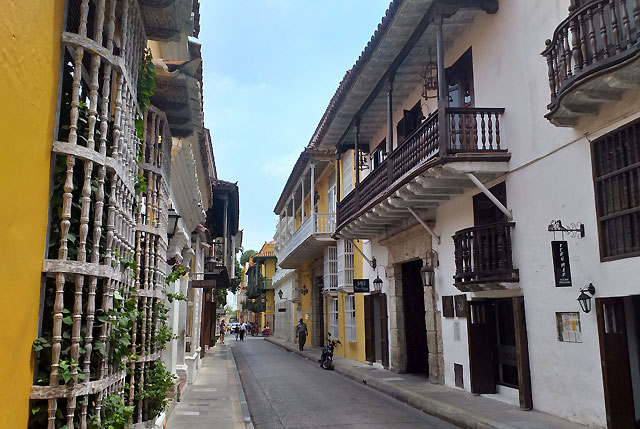
Cartagena’s UNESCO-protected Old Town is a living, breathing and working town, that just happens to look much the same as it did many centuries ago.
Sun-toasted and richly stewed in culture, Colombia’s crown jewel on the Caribbean is a colonial treasure with an intoxicating mix of beauty and historic brutality, unmistakable romance, epic legends and storied drama.
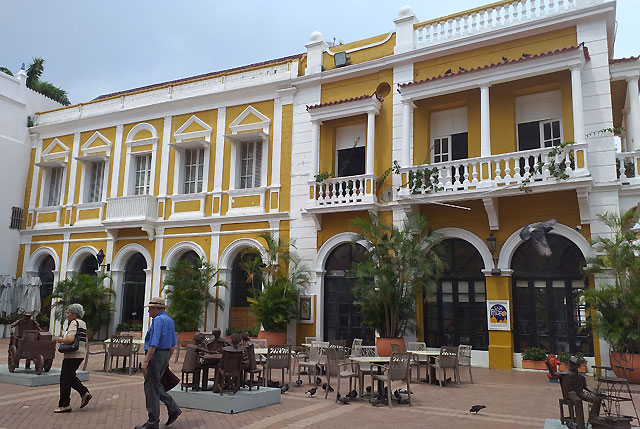
Ringed by 13kms of Spanish colonial stonewalls called Las Murallas, the Old Town honeycomb of alleys is where I became besotted just aimlessly strolling, lapping up the serendipitous and multi-sensory delights. No sightseeing routines are required, although the heat of the day can be exacting and humid.
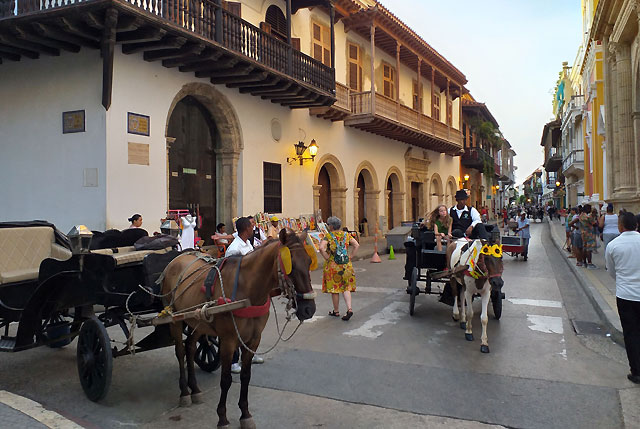
Twilight is a truly magical time in those atmospheric lanes, when the ochre-tinted facades of the buildings resplendently glow at sundown. Within a short time of the Spanish rocking into town in the mid-1500s, Cartagena soon blossomed as their major northern gateway to South America. It remained the Spanish Empire’s most important bastion. Much of the treasure Spain plundered from South America, was stored in Cartagena before their galleons shipped it back across the Atlantic.
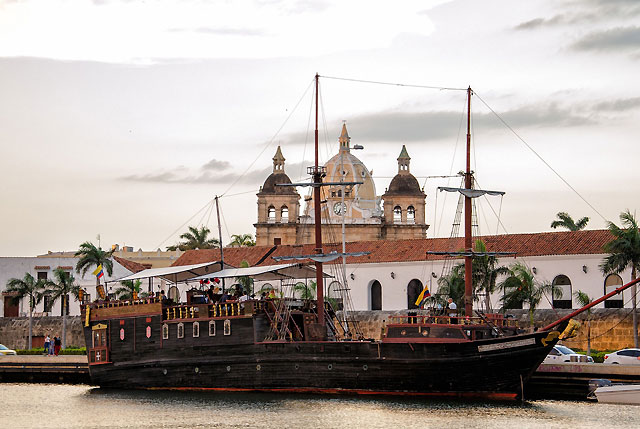
Boasting so much loot, the port town soon became a tractor-beam for buccaneers cruising the Caribbean, a prized target for attack. In the 16th century alone, pirates besieged the city on five occasions, the most famous siege being led by Sir Francis Drake.
It’s classic example of how history lessons can be so subjective. I distinctly remember being taught at school how Drake was a seafaring hero, a brave, intrepid English explorer who paved the way for Britain to construct its global empire. Colombians don’t view him in such flattering terms.
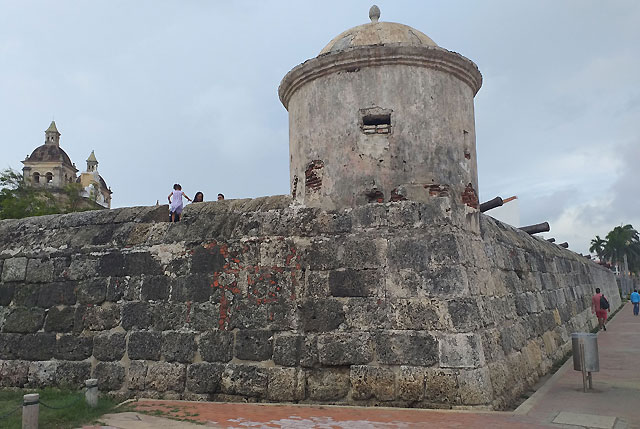
They consider him as a thieving wrecker, a blackmailing pirate, who only agreed not to lay waste to the town in return for a 10 million peso ransom, which he spirited back to Blighty. They call him El Draque. You can see the house he lived in, in the Old Town, and numerous sites have a Drake legacy, like the soaring cathedral which was partially destroyed by his cannons.
Just outside the Old Town the towering Barajas fortress is a legacy to Drake’s standover tactics, with the Spanish hastily ramping up the port’s defences against future piracy raids. It successfully helped fend off the biggest attack of all, when 25,000 English soldiers and a fleet of 186 ships had their butts kicked in 1741.
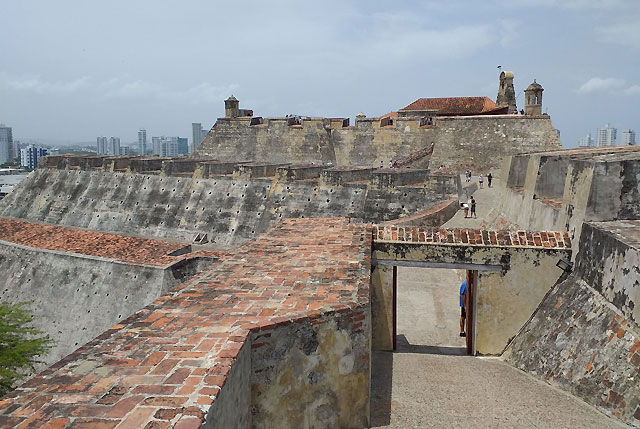
Barajas Fortress, the strongest ever built in any of Spain’s colonies, is a thrill to explore, sprawling across San Lazaro hill. Over 300 years old, there’s a myriad of ingenuous touches to the complex system of tunnels threaded throughout this impregnable bulwark, which was never taken by enemy attack. Any noise reverberates all along the tunnels, giving the soldiers early warning of an enemy approach.
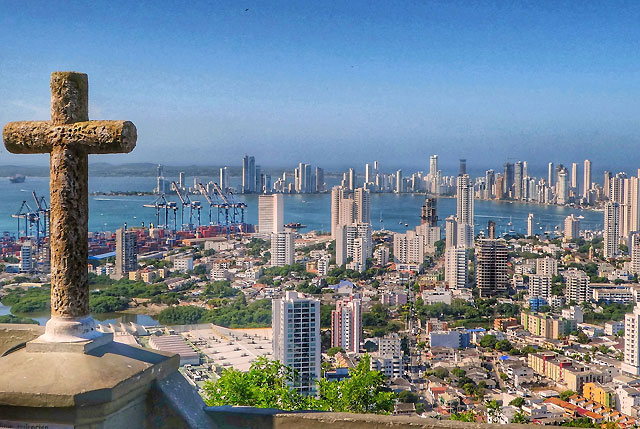
Darkened side portals in the tunnels enabled soldiers to stand guard without being seen and launch a surprise attack, on any pirate passing by. Beyond the fortress, the city’s highest point is Le Popa hill, crowned by the astonishing Convent of the Stern. Founded by Augustine priests over 400 years ago, the convent was so named for the hill, which does an uncanny resemblance to a ship’s stern. The flower-filled courtyard of the monastery’s weathered stones and arches is catnip for Instagram, as are the stirring panoramas across all of Cartagena.
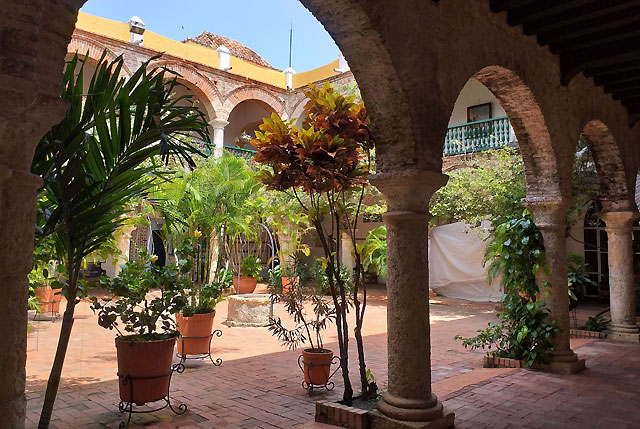
The lofty lookout vividly illustrates the lay of the land. Surveying the skyline, you’ll soon realise how the city is built upon a series of small islands. I absolutely adored the highly ornate chapel, complete with a miracles cabinet. Locals invoke the name of an early priest, Paredes, seeking divine intervention, and every year, the glass cabinet is opened up so that worshippers can add their pendants of thanksgiving for miracles delivered, to the cabinet.
Back in the Old Town, the building that really stopped me in my tracks was the Palace of the Inquisition. Gazing up at this gorgeous Spanish-colonial building, like something out of Seville, my eyes were trained on the small window with a cross on top.
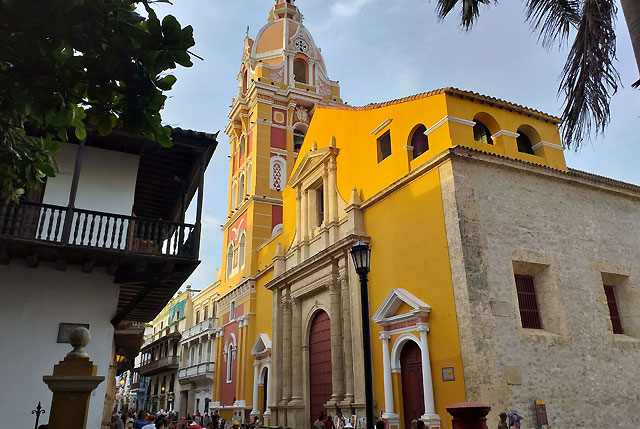
It was from here that the fate of those accused of practising black magic, witchcraft and blasphemy were publicly announced. Following their denouncement, the heretics were publicly executed in the leafy square, with witches burnt at the stake. Belying the plaza’s present-day tranquillity and welcome sanctuary from the searing heat, 800 people were gruesomely executed here. Inside the palace, a museum showcases a cache of grisly instruments of torture, from back in the day. Interestingly, indigenous people were not judged or targeted during the Inquisition.
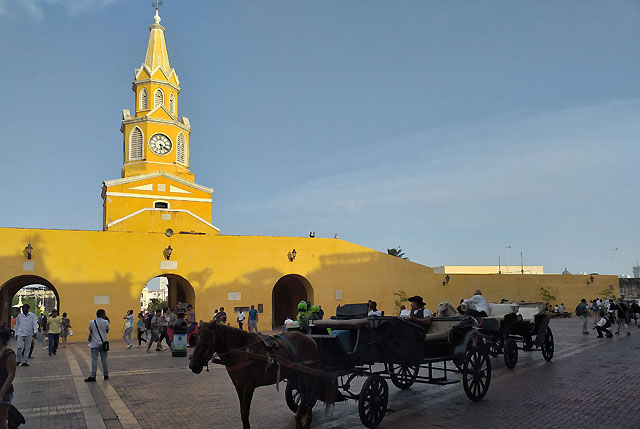
You’ll swoon over Cartagena’s magnificent old clock tower, Puerta del Reloj, a 400-year old masterpiece, like a scene out of a fairytale. It stands immediately across from the old docks, where up to a one million African slaves were unloaded by the Spanish – and sold. That sordid colonial back-story has bestowed Cartagena with a much darker population make-up, than in most parts of Colombia. 79% of the city’s residents have part-African ancestry, enriching its culture and cuisine. Cartagena was one of the biggest African slave ports in the Americas, with hundreds of thousands of enslaved Africans were brought to market and deployed to the plantations and mines.
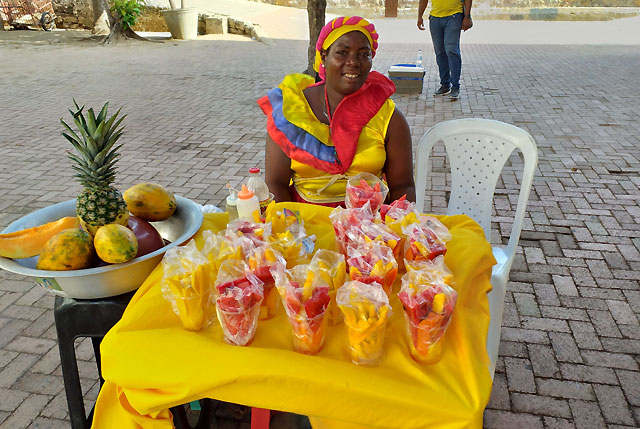
On the outskirts of town, I was fascinated to discover a cluster of villages are entirely African, who’s forbears escaped from their colonial masters in the 1500s’ and established their own farming-based bolt-holes in the countryside. Pelanque is the most well-known of these purely-African villages. In the Old Town, Palenqueras are African-Colombian women adorned in radiantly colourful dresses with lavish fruit-filled baskets atop their heads.
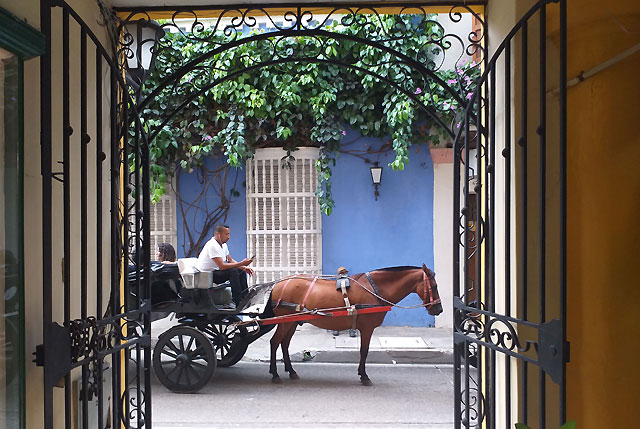
Dressed in Colombian flag-coloured polleras, it is the fun and flouncy national frock. They set up fruit stands and promenade through the streets taking photos with tourists, in honour of the legacy of their ancestors.
Colombia is not the sort of place you want to be stranded in a medical emergency. Ensure that all existing medical conditions are declared (including those of children). In many instances, some of these existing medical conditions can be covered free of charge or at an additional premium. Your insurer will be able to assist you with the assessment process. I Booked my travel insurance with Cover-More. Their 24 hour global assistance centre is just a phone call away. Call 0800 500 225 or visit https://www.covermore.co.nz
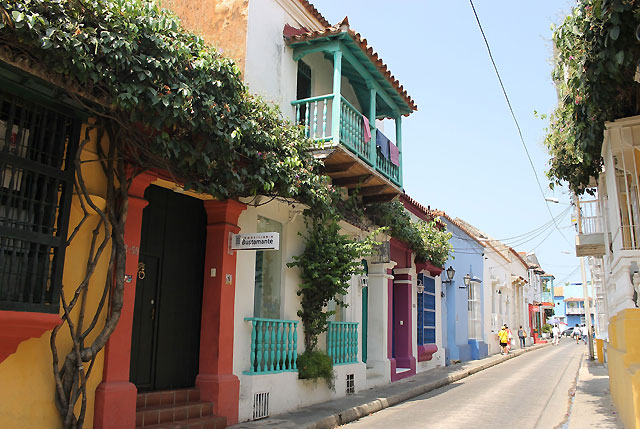
My fabulous foray to Cartagena and Colombia was with Viva Expeditions, who operate a wealth of touring options across South America, with outstanding on-the-ground expertise and support, ensuring your South American adventure is seamless, stress-free and full of magic. Their handpicked team of local guides and tour operators will ensure you’re immersed in the spirit and wonder of Colombia.




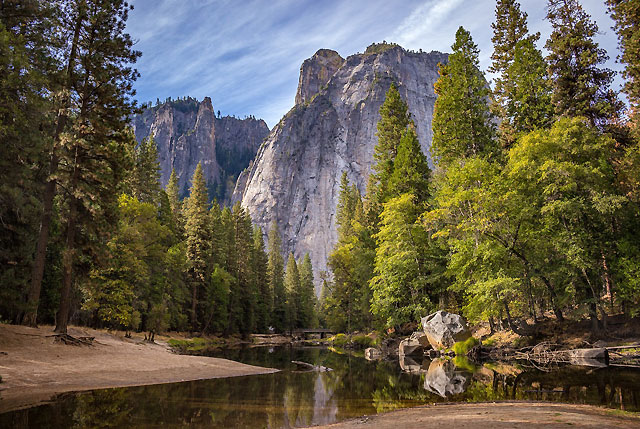
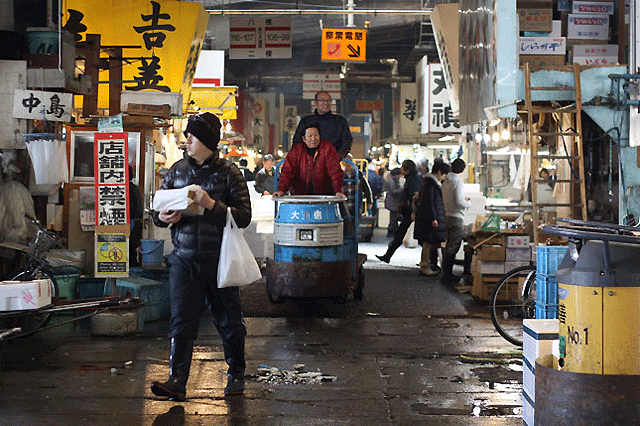
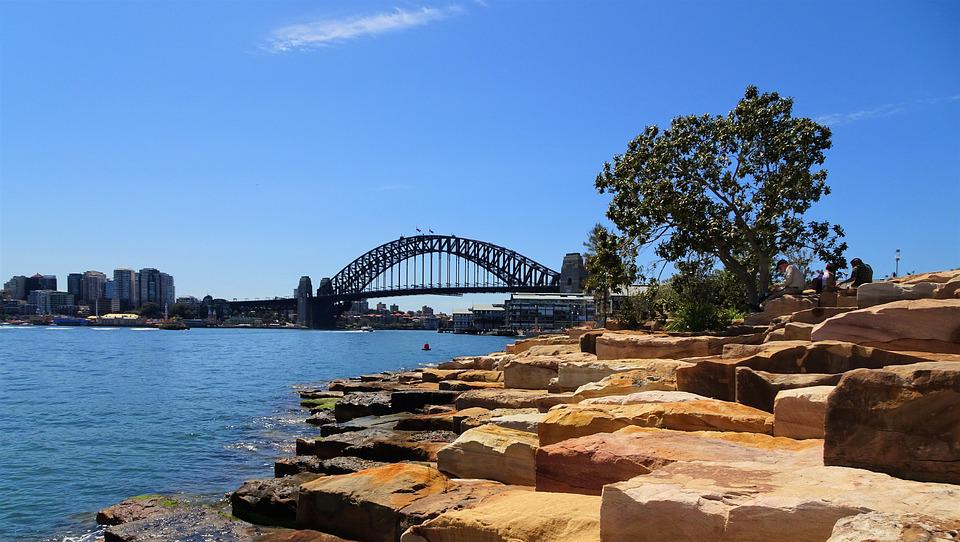
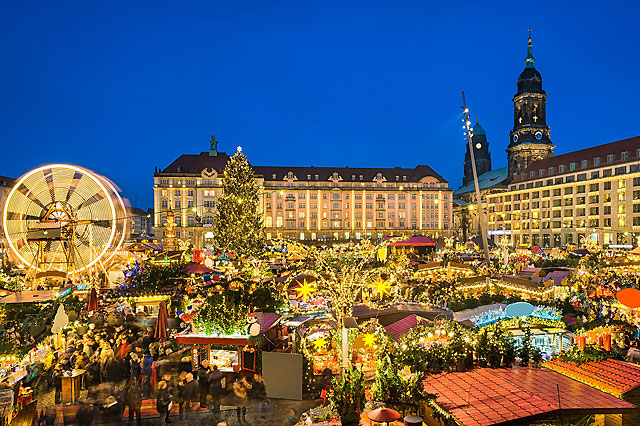
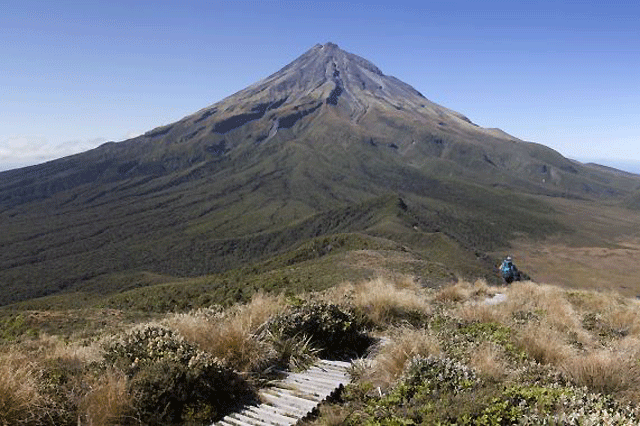
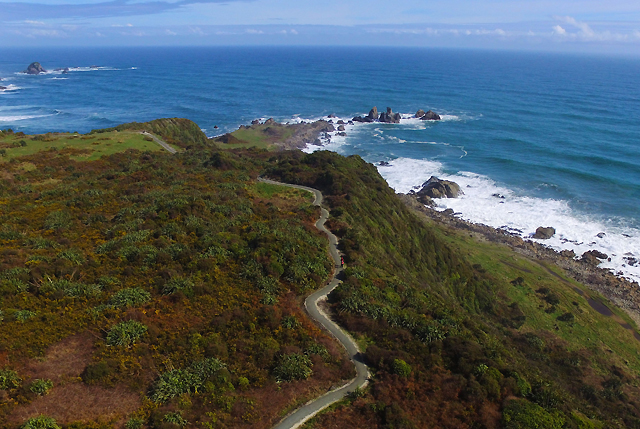
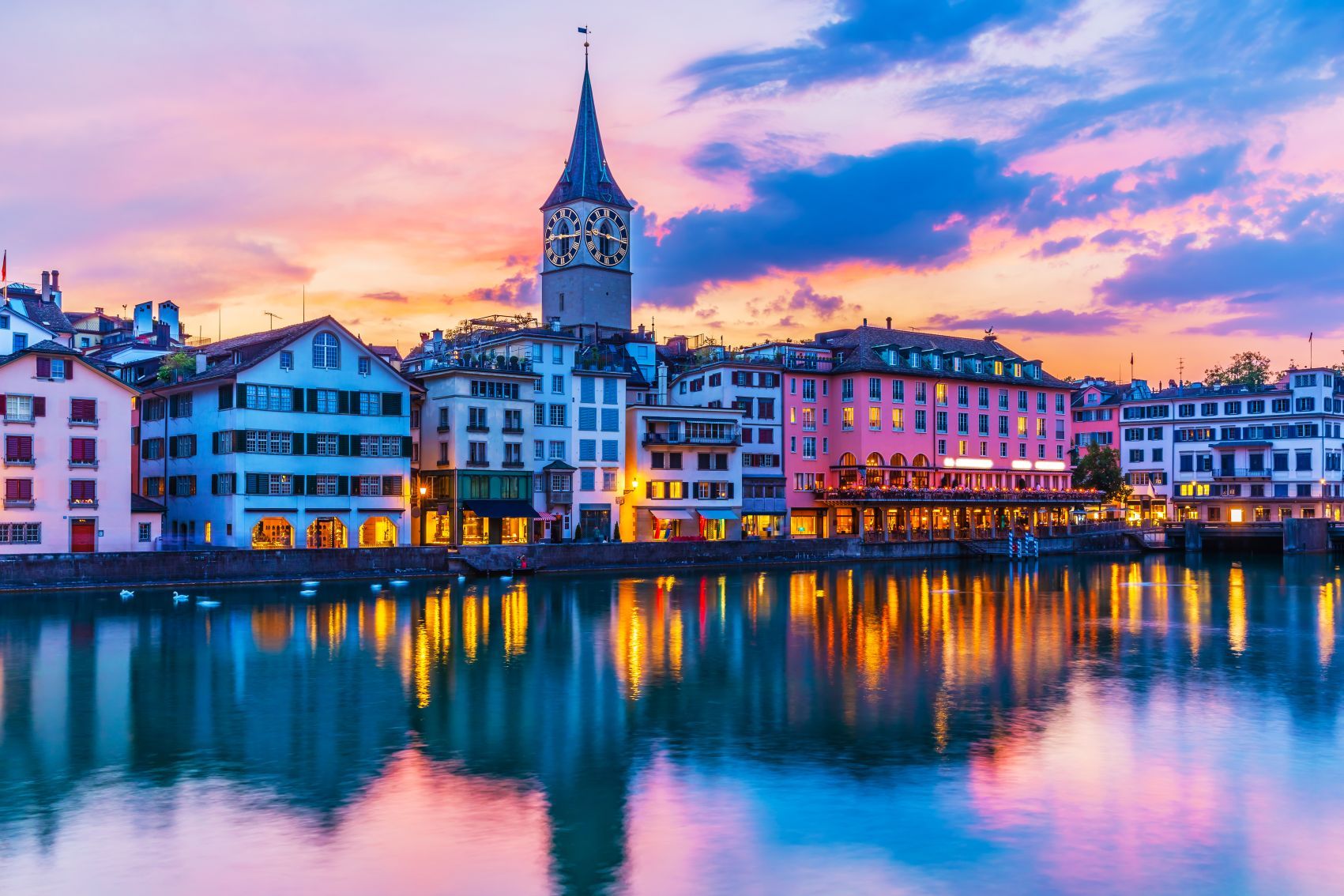
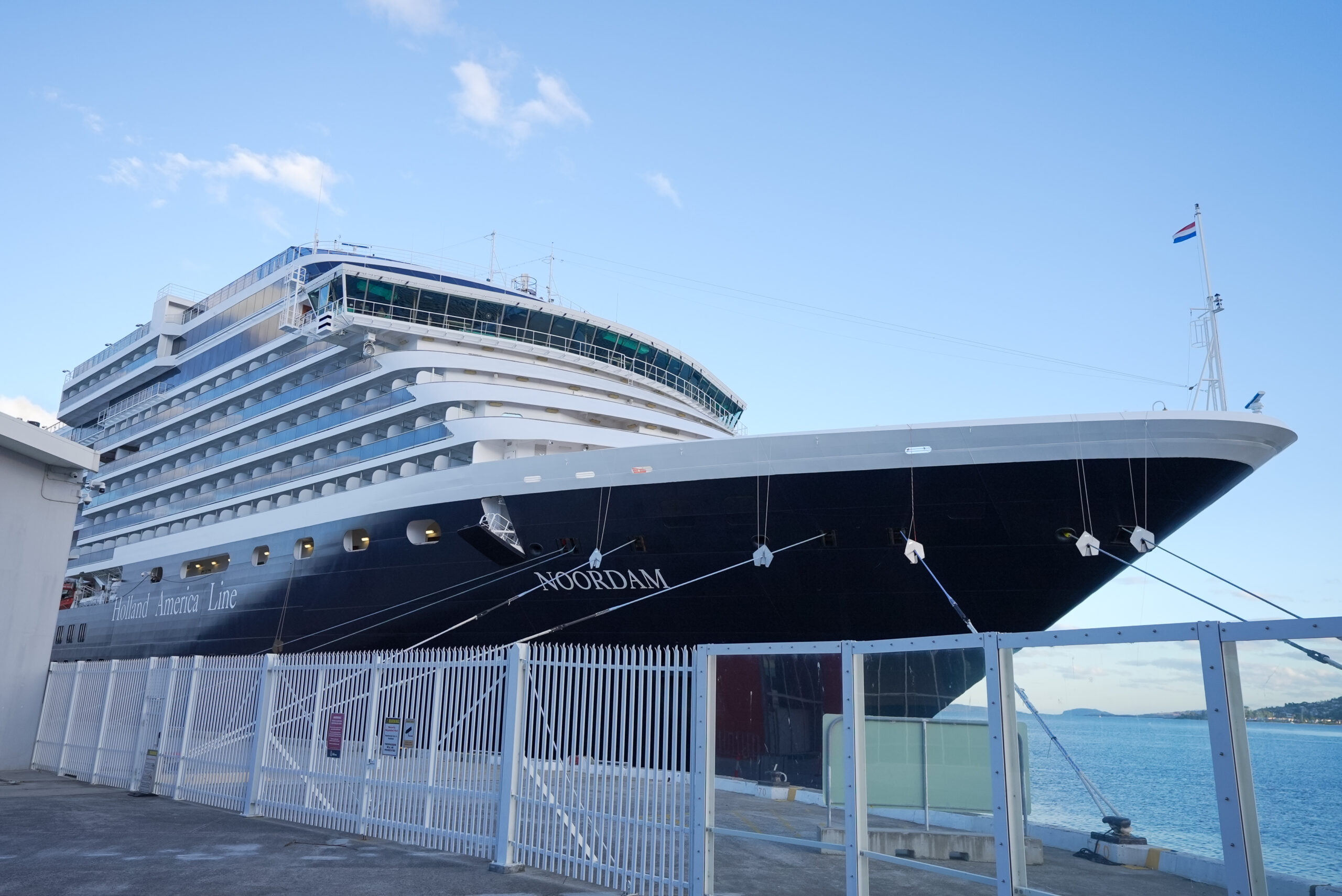
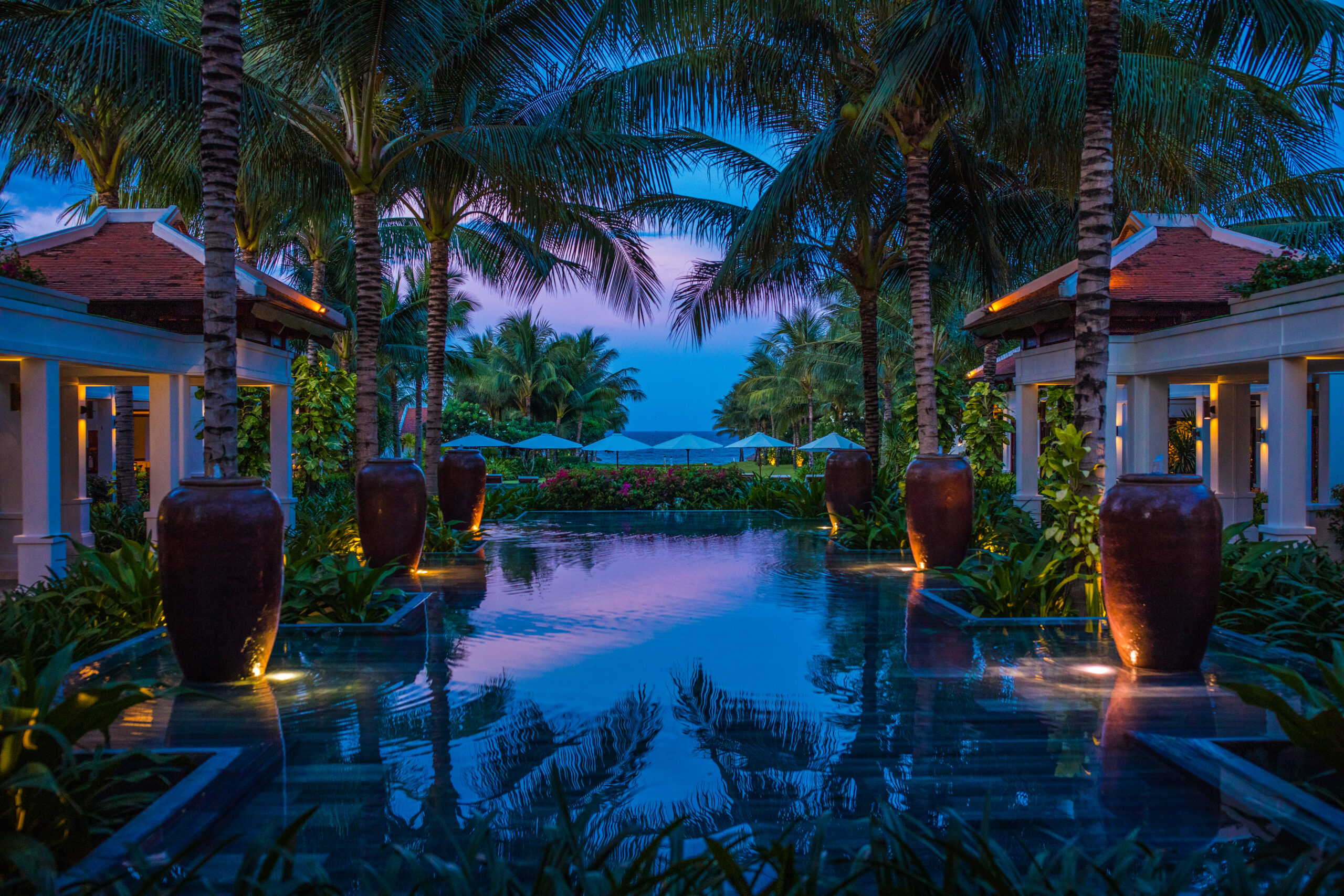
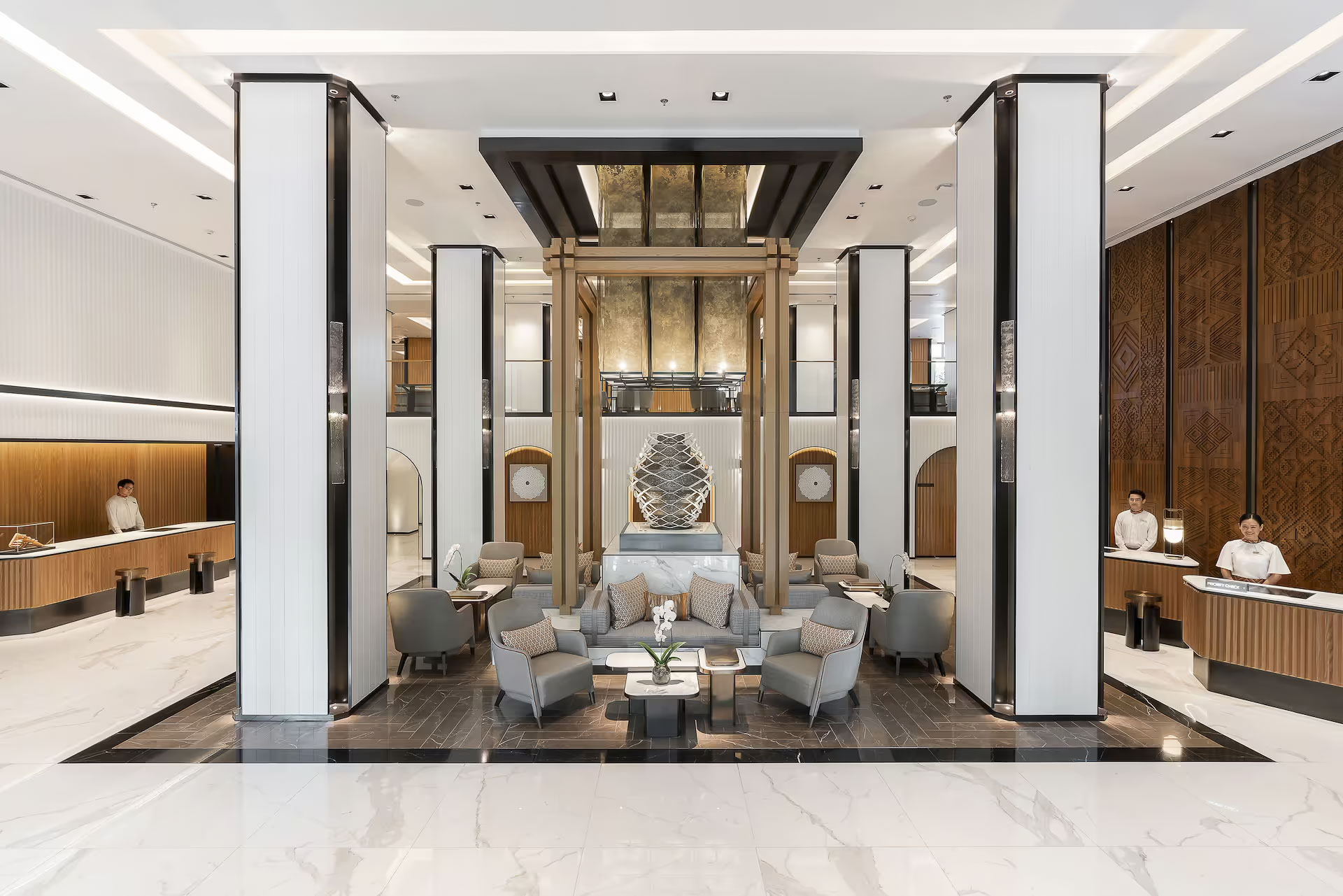
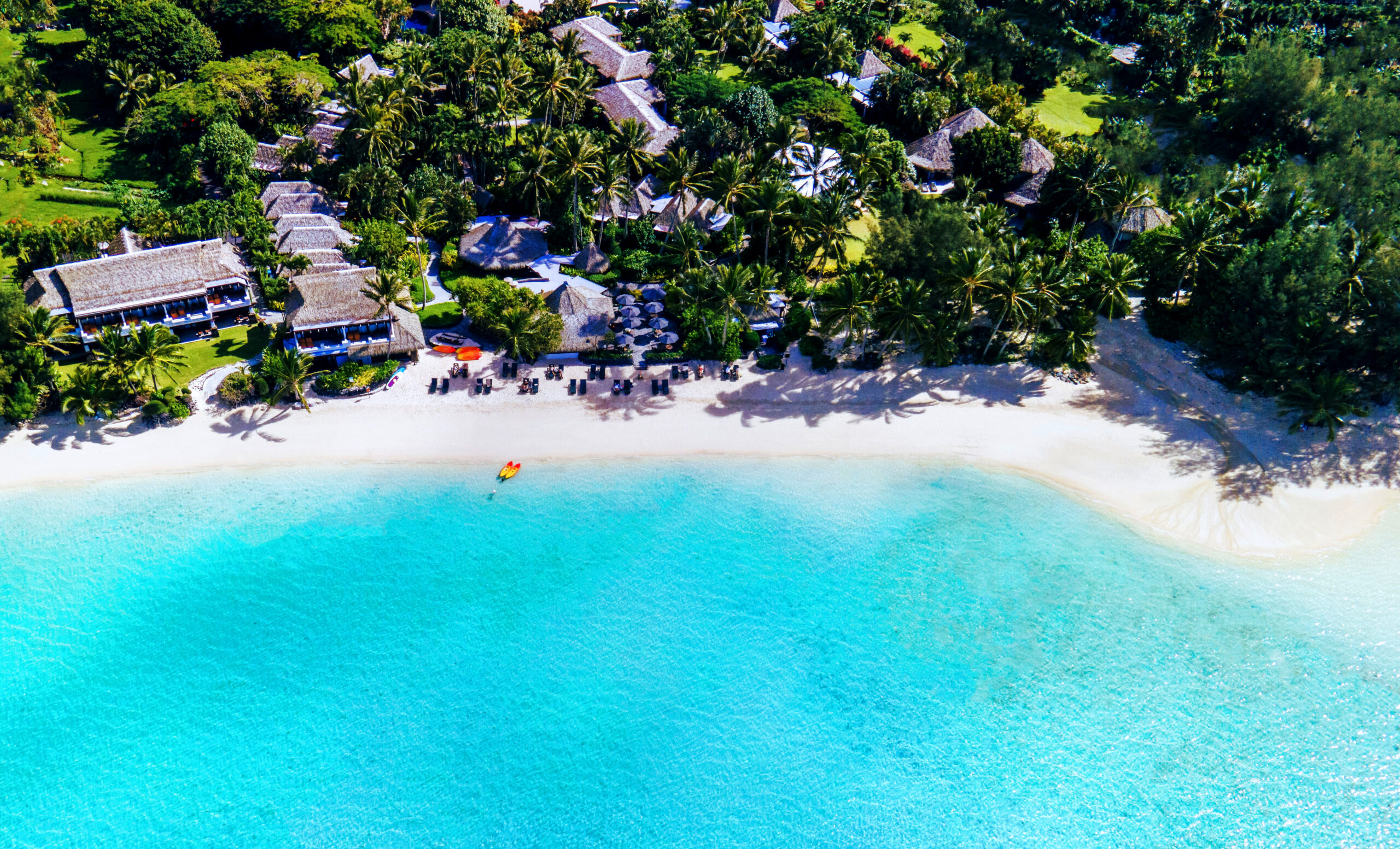
Recent Comments